Tom Weschler with Al Jarreau, Wesschler
For more than 60 years I have been taking photographs of music related subjects.
After a few years I began getting ‘press’ on my work. The Detroit Free Press had an article on my photographs by Bob Talbert, CREEM Magazine published some of them and others in the media noticed them.
It wasn’t until my 50th year that a series of the first Rock and Roll photos I took of my TV with The Beatles on The Ed Sullivan Show got printed in the Detroit media. Then, 10 years later on the 60th anniversary of The Beatles first American live show, an article by Brian McCullom of the Free Press featuring many of those early photos hit the street.
Since my interview on PBS with Fred Nahat, the Detroit Historical Museum has a show featuring photographs from my book Travelin’ Man, about my time as Bob Seger’s road manager.
My photographs of many Rock and Roll artists like: The Rolling Stones, Jimi Hendrix, Jackson Browne, The Byrds, The Doors, Led Zeppelin, The Who, Pink Floyd and Bob Seger are available for sale at my website: tomweschlerphotography.com
My New Camera

Shooting photographs over the last 60+ years, professionally and personally I have had many cameras. I’ve loved my many Nikons the best. Film cameras were all that was available until 1999 when I got my first digital camera a Nikon D1X. Since then I still used my film cameras for jobs.
But now I am retired from professional photography so when I want to shoot I use my new Fugi/Leica DMC ZS 100. It is a wonderful camera, it will shoot video with the best of the hand-helds and the images produced for picture prints are second to none.
In the past I did use Canon Sure Shots, and little Nikon mini cameras for personal photography, both nice quality in the final image but not as versatile as my newer camera.
Here is an example of my DMC camera work.

This is Jennifer, she was interviewing me on WAYN the college radio station at Wayne State University in Detroit.
Commercial Photographs Of Fashion Models
When women are the subjects of a photograph I always tried to make them feel comfortable with me. With a common purpose, that is to produce images of them that can help with their modeling careers. Our studio CID (Commercial Image and Design) was a very good place for potential models to get their comp card photos done. And at the studio I shot more comp card photos than anyone else. Here are a few examples:

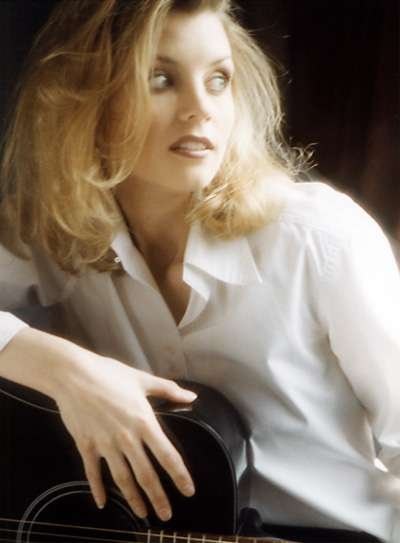

Above are Amber, Ami and Emily whose images were, in my opinion very beautiful and conducive to getting modeling work.

This photo was not for a comp. I created it from a session I shot with Karen just for herself.
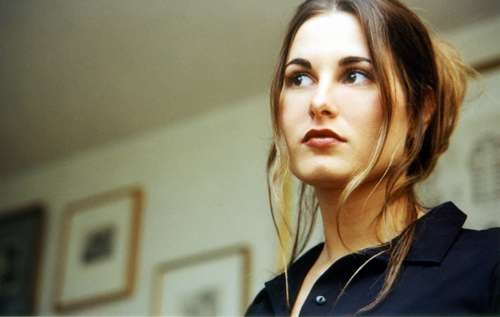
Tausha got a modeling gig from the Auto-Show and after a year or two of traveling all over the USA she became the head of the auto-show models. You could say her comp worked with her beauty.
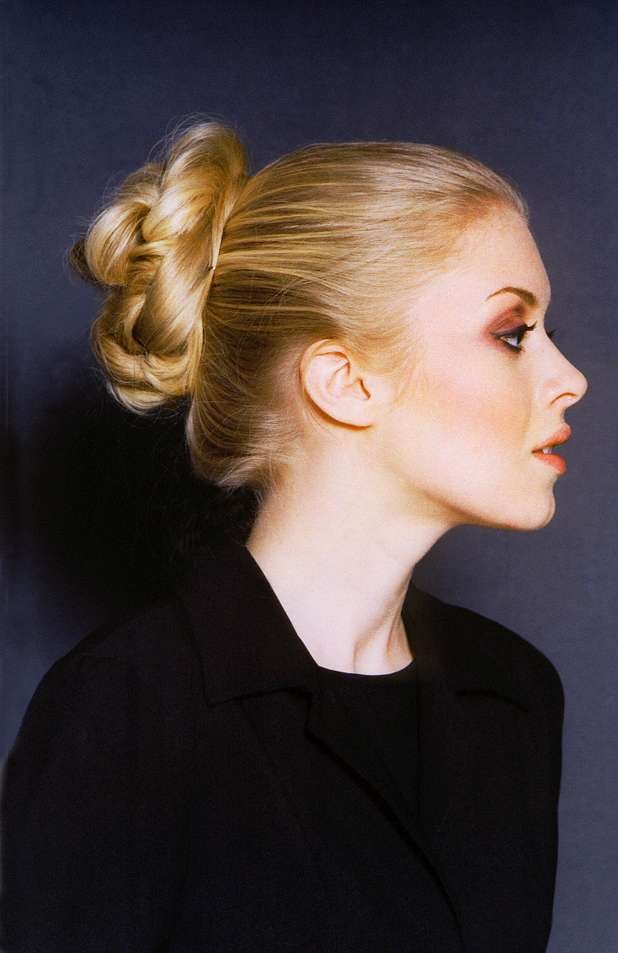
Amber, I just love this look and she did too!
When models are involved there are also makeup people, hair stylists, and a trusty assistant to help me along the way. We did like to produce comps for the Detroit area modeling agencies it was fun!
The Nature Of Photography

Since the early 17th century the term: Camera Obscura was used to describe a device that projected an image on a surface enabling a drawing or a painting to be made from it. Along came 1826 and Nicephore Niepce who used the device to project and capture an image directly on paper producing the first photograph. However his process required hours of exposure and created very crude results.
Louis Daguerre invented the Daguerreotype that produced photographic images on thin metal plates using an actual camera. Glass Plate Negatives came next then in the late eighteen hundreds roll film took precedent and is still with us today.
The digital age came in the 1990s, I bought my first digital camera a Nikon D1X in 1999. Phone cameras came on the scene and by 2008 everyone had a camera on their phone.
I gave my son Dylan my Nikon F3, a very fine film camera. He bought some film and shot pics of his neighborhood in Chicago. He called me after he got his first roll of film back from the drug store and said: “these photos are soooo much better than my iPhone’s.
Whether film or digital the creation of a good photograph is basically the same: composition, lighting, setting, subject matter and camera position all come into play.
If you are shooting a portrait of someone find the best camera angle for them. Have them look directly at the lens. Tell them: “when you look into the lens for a photograph of yourself you will be looking directly at whomever is viewing the print, from any angle they look at it. For example:

This photo of my friend and model Jeanette Frost was used in MTV’s ‘Model Mission promotion in 2000. She won her round and was one of the finalists in that year’s contest.
Some still say that photography is not art, I beg to differ: “Art is the response elicited by a creative endeavor”. A quote of mine from 1967 for my dissertation on art that I had to write for admission to my major (art history) at Oakland University.
As all of the tools for digital photography continue to expand like PhotoShop and Light Room it becomes easier to make images that help to entertain the viewer and create photographs that are unique and alluring.
From 1991 to 2001 I taught photography at The Academy Of The Sacred Heart in Bloomfield Hill, Michigan. Our classes started out with only traditional photography, loading the film in cameras, shooting photographs, developing the film, printing proof sheets and prints. In 1993-94 digital came into the world of photography and we expanded the class to instruct the students in both methods of obtaining images on film and digitally. It was fun to teach the students traditional and new ways in the art of photography. The next article I will write on photography will deal with the cameras themselves new and old.

Meg ASH student 1999
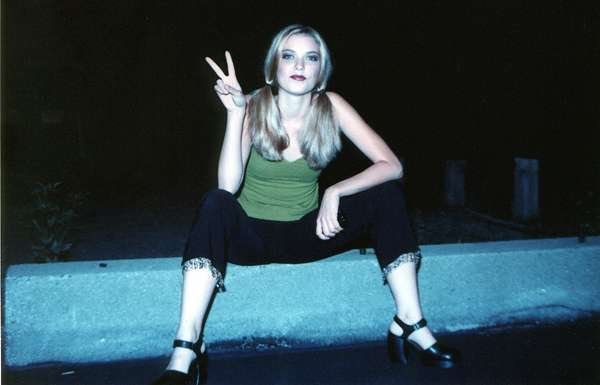
Jill modeling at night
My School A Memory Of A Storm
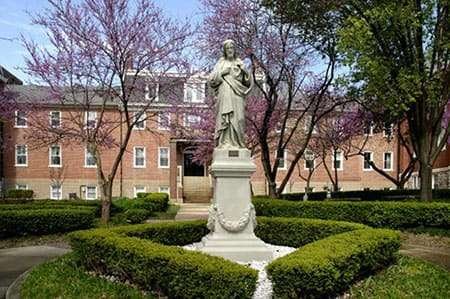
It was late afternoon on a Wednesday, I was standing by the reception desk looking out at the playgrounds of The Academy Of The Sacred Heart in Bloomfield Hills, Michigan. A dark set of clouds held back the light over the scene as I began talking to the attendant there. She was a student of mine in my photography class at the school, Michelle was her name. “Looks like a storm is coming” she said as she reached for her camera.
I had my 80s Walkman with me and put on the song ‘Texture’ by Catherine Wheel. Good song to watch a pending downpour to. Michelle was preoccupied taking photos of the weather as the phone rang. Being halfway out on the porch she asked me to answer it. “Academy Of The Sacred Heart” I said, the call was from Sister Canty our Mother Superior and my boss.
“Who is this”? She said. I answered “Mr. Weschler”. She asked where Michelle was and I told her she was out in front of the school taking photos of the coming storm. She asked how long Michelle was away from the portry? I said “about a minute.”
As Michelle re-entered I handed her the phone. She talked briefly to the boss then handed the phone to me. As she did the front doors blew open as if there were an explosion inside the lobby! A car flew across the front lawn smashing against the huge oak tree out front. A tornado was passing through. I grabbed Michelle and we dove under the desk as glass and the typewriter, phone and everything else on the desk flew off. Lucky for us the desk was attached to the floor and didn’t move.
When it was over we rushed outside to view the damage. To our surprise there wasn’t much. Lucky for us and the school. Perhaps ‘Divine Intervention’ was at hand.



